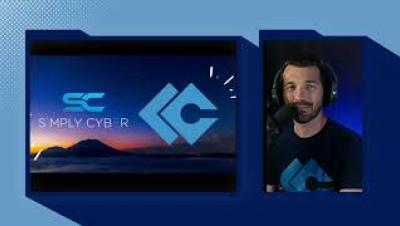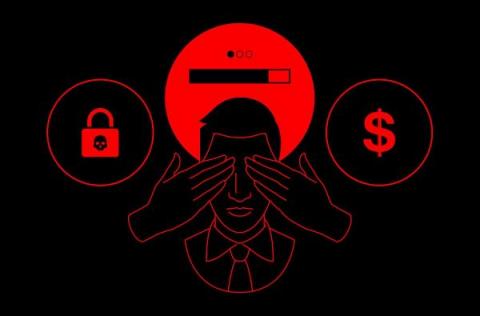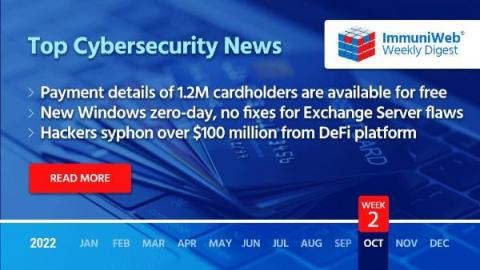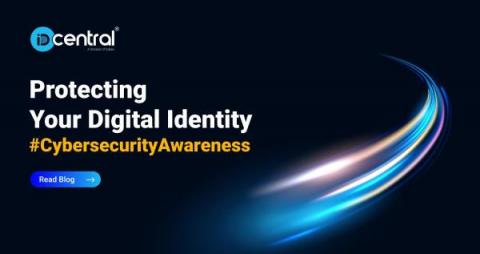Security | Threat Detection | Cyberattacks | DevSecOps | Compliance
Security
Save the Data
The Simply Cyber Report for 2022-10-14
The Capital of Information Security is Knowledge - Dartmouth College + Netskope
The biggest concerns within the US Financial Sector in 2022
The value of digital payment transactions is growing as the world's payment environment moves more and more away from cash. Over the past few years, BFSI (Banking, Financial Service, and Insurance) firms have continued to be a top target for hackers. In fact, the Sixth Annual Bank Survey found that more than 70% of fintech companies named information security as their top issue.
Playing Hide-and-Seek with Ransomware, Part 1
At CrowdStrike, our mission is to stop breaches. To achieve this, we’re always on the lookout to defend customers against active attacks and preemptively protect them against emerging threats. In July 2021, researchers from Royal Holloway, University of London, published a white paper, “RansomClave: Ransomware Key Management using SGX,” that presents a novel ransomware based on an Intel feature called Software Guard Extension (SGX).
Payment Details of 1.2M Cardholders Leak on the Dark Web
Read also: Microsoft fixes a Windows zero-day, Mango Markets DeFi platform robbed of over $100M, and more.
Cybersecurity Awareness - Protecting Your Digital Identity
Perhaps you have recently seen some shocking statistics concerning the prevalence of identity theft, or perhaps you have a close friend who has gone through a terrible and stressful fraud situation. Even worse, you could already be familiar with the terrifying consequences of identity theft. Whatever the situation, you probably feel helpless to take any action to safeguard yourself. You’re not alone; this feeling is widespread.
What is the Time Taken for Issuance of Code Signing Certificates?
Remember the era when we all bought software on DVDs and CDs from stores with literally zero worry about security? Well, the time has changed, and we have gone all digital, including purchasing software where security is at stake. So how does one know if a particular software is legit and hasn’t been accessed by a third party? This is where Code Signing Certificates come to the rescue! So, does one get them?
How do you know a software rep is lying?
A customer posed this question to me recently; after pausing and smiling (a little too) broadly, he continued, “Their lips are moving.” I thought this would be funnier if it weren’t partly true. The software industry has over-promised and under-delivered for years, making technical executives rightfully skeptical when they hear a new promise. Unfortunately, it’s common for software to lack promised features or to create new headaches when deployed across the enterprise.











